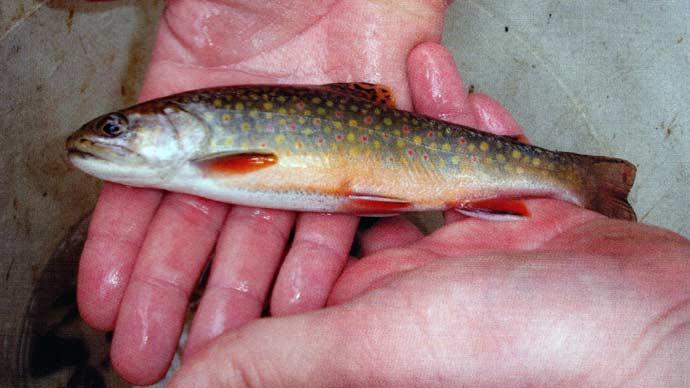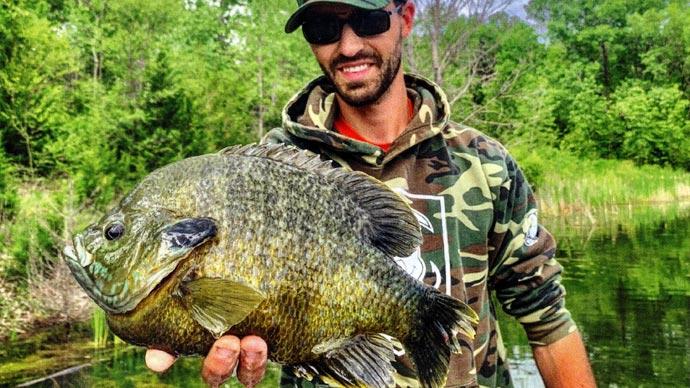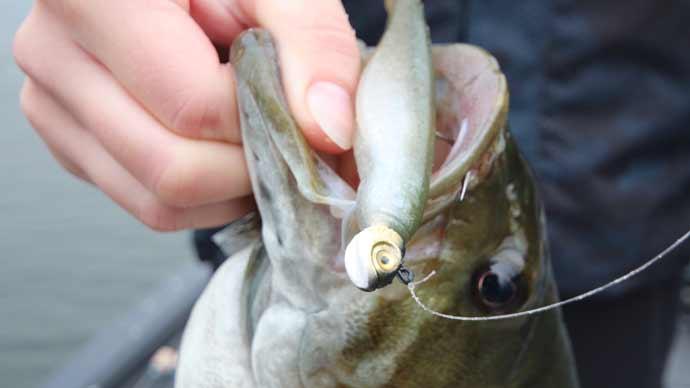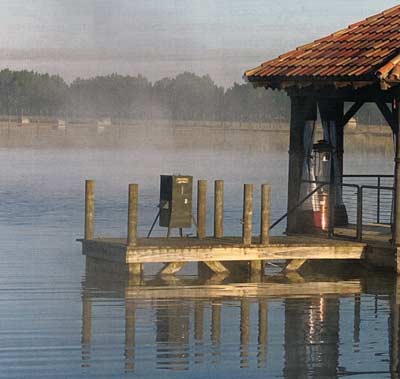
Have you ever seen steam or fog rolling off a pond on a chilly late-summer morning?
Have you ever noticed how cold pond water can be on an early hot summer day?
The fog on a chilly late-summer or fall day happens because the air is colder than the pond water. As warm pond water evaporates into the chilly air, an observer can see water vapor (steam/fog) moving upwards into the atmosphere. The pond water remains warm during chilly weather because water takes much longer to heat or cool than air. This is called specific heat, or the energy it takes to make 1 gram of water change by 1 degree Celsius.
The simple fact is that water changes temperature slowly, which explains why a pond can be cold on a hot, early summer day, but by the end of summer, a pond can be warmer than the air on a chilly morning. These slow temperature changes mean the environment in a pond can be dramatically different than the environment just out of the water.
The water temperature of a pond plays a much larger role in aquatic (water) life than swimming comfort and interesting foggy scenery for all the life living in a pond. Most aquatic creatures are dependent on water to help maintain body temperature; most pond creatures are not warm-blooded and cannot maintain their temperature like mammals, including humans, can. As a pond warms up, the animals living in the pond also warm and typically become more active
Plants grow more volume faster, frogs and other amphibians move around more, and fish become more active and are more interested in food. This, of course, improves the fishing significantly!
Since the change from cold water temperature to warm water coincides with spring, many animals' life cycles are tied to water temperature. Many reptiles, amphibians, and fish create nests and lay eggs for the next generation in the warming water.
However, there is always the possibility of too much of a good thing, and water can become too warm for fish and other pond creatures. Some animal species are affected more than others by heat. For example, northern brook trout will die quickly in water that is in the 70-degree Fahrenheit range, but bass and many catfish species are very heat tolerant and can last in even warmer water for a long time. Amphibians can also struggle with overly warm water, but water-loving reptiles like turtles and alligators are mobile and breathe air like humans. Hence, they are not as susceptible to heat stress.
Unfortunately, because water heats and cools slowly, a prolonged heat wave can seriously damage the life in a pond because a few cooler nights will not help cool the water.
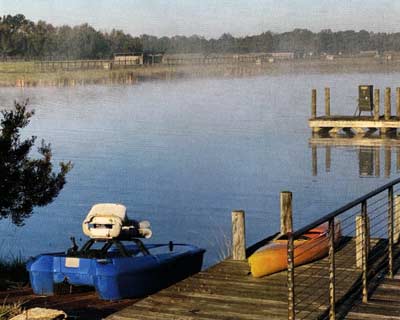
A pond that is too warm for the fish that live in it will cause several problems for the fish. First, warm water holds less dissolved oxygen (oxygen that fish can "breathe" with their gills) than cold water. That means there is simply less oxygen for fish to "breathe" in warm water. Secondly, plants grow faster and produce more dead plant materials in warm water. That dead plant matter falls to the bottom of the pond and decays faster because the water is warm.
The decay process uses dissolved oxygen, so in warm water, the fish have more competition for oxygen when there is less oxygen. Lastly, fish are cold-blooded, meaning their metabolism (things like growth and digestion, which all require oxygen) changes with water temperature. Higher water temperatures mean faster fish metabolism, so fish need more oxygen in warmer conditions to survive and thrive.
Fish stress is cumulative, which means that fish can only take a certain amount of stress before they get sick or die. After stress, fish need time to heal. Temperature, especially temperatures that are too warm cause a large amount of stress on a fish. This means that when water is warmer than the fish are comfortable, a small additional amount of stress can cause a fish to die. Other sources of stress in a pond could be predator disturbance, poor health, or even being caught and released.
Understanding how temperature affects the biology of your pond will help you be a better caretaker of your pond!
Christine Cornwell is a horse trainer who lives in upstate New York with her husband and son. She worked for the New York State Department of Environmental Conservation as a high school science teacher. Sharing her love of a healthy, natural world is a daily passion.
Reprinted with permission from Pond Boss Magazine

